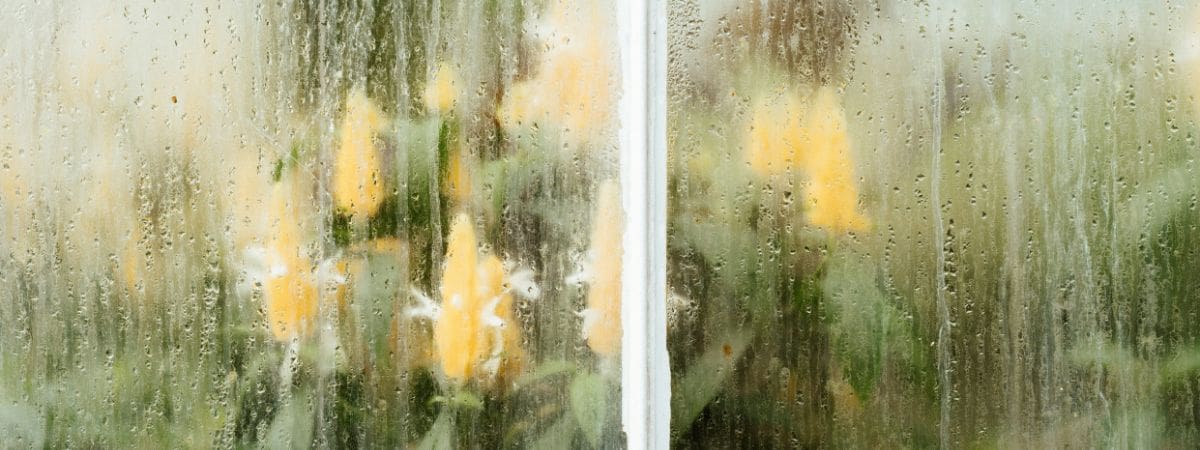Many people have heard about and are aware of black mold. In this article, we will clarify how dangerous it is and how to prevent it.
Black mold is a type of fungus that can appear in living spaces. The most common spaces that can be affected are bathrooms and basements. It could grow on windows, ceilings, and walls. Humidity is one of the key factors that causes the growth of black mold.
Why black mold could be dangerous?
Black mold is not just a nuisance; it’s a health hazard. It can trigger a range of health problems, from irritating allergies to serious respiratory issues. In fact, its symptoms can often be mistaken for the flu.
Black mold affects people differently, so one person could experience more severe symptoms than others.
How to prevent black mold?
Preventing black mold is within your control. Start by monitoring the humidity in your home and using dehumidifiers if necessary. Regularly opening your windows, even for just five minutes in the morning and evening, can also help. And don’t forget to inspect your home regularly, fixing any damp or wet spots as soon as you find them.
Another thing to consider is that the house must be inspected regularly, and all damp spots should be fixed promptly.
Black mold usually looks like dirt, so it can be challenging to identify. Regular professional cleaning will help you identify black mold and take further action as soon as possible. Also, sometimes black mold grows in hidden places in your house, somewhere you don’t often look. During professional cleaning, such areas would be examined.
FAQs
What is black mold?
Black mold, or Stachybotrys Chartarum, is a fungus that thrives in moist environments. It is commonly found in bathrooms, basements, and other areas with high humidity.
Why is black mold dangerous?
Black mold produces mycotoxins that can cause health issues, including allergies, respiratory problems, and skin irritation.
How can I identify black mold?
Black mold typically appears as black or dark green patches and often has a musty odor. It can resemble dirt, making it hard to identify without close inspection.
What are the health symptoms of black mold exposure?
Symptoms can include sneezing, coughing, eye irritation, skin rashes, and, in severe cases, difficulty breathing and chronic fatigue. Symptoms often mimic those of the flu.
How can I prevent black mold in my home?
To prevent black mold, maintain low humidity levels using dehumidifiers, regularly ventilate your home by opening windows, and promptly address any water leaks or damp spots.





